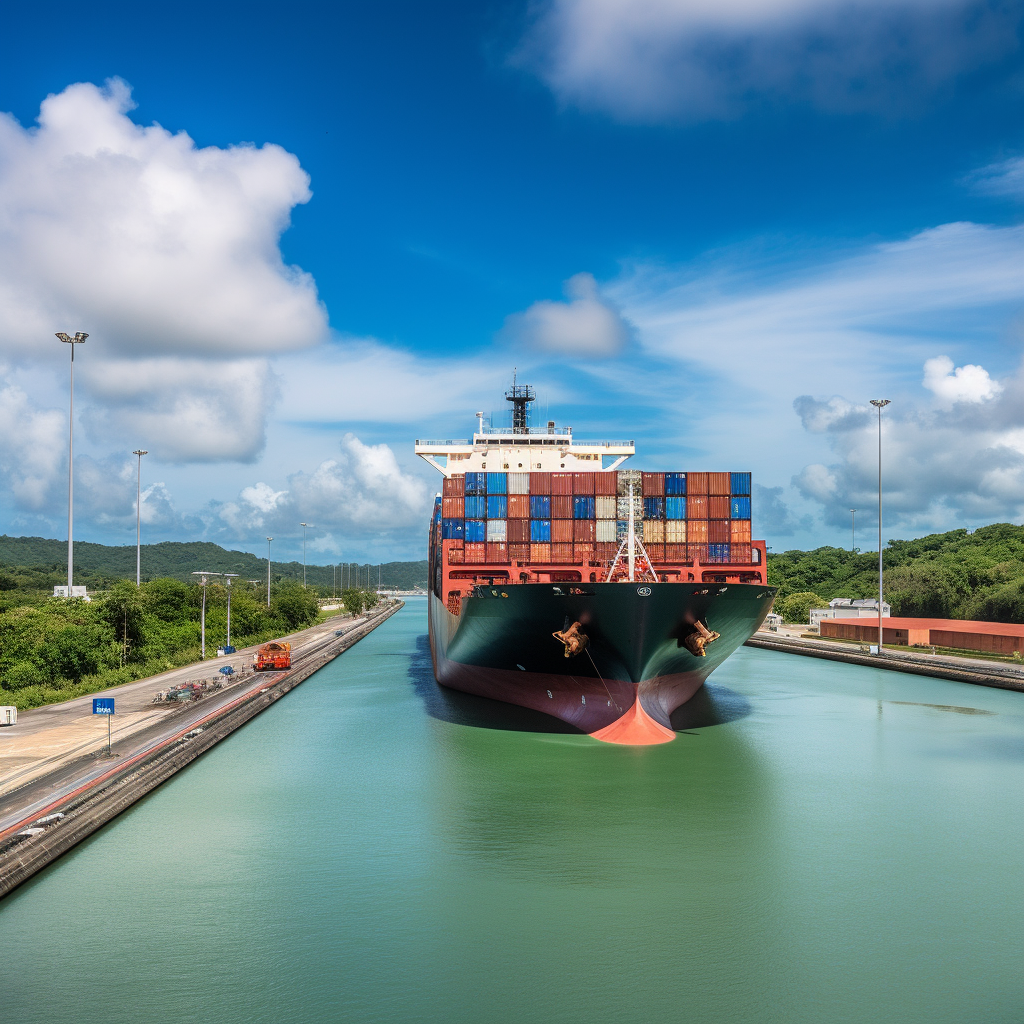January 22, 2024
The Impact of Climate Change and Geopolitical Instability on Suez and Panama Canals
Book a Demo
Climate change and geopolitical instability are currently causing significant disruptions to two of the world’s most critical shipping routes: the Suez and Panama Canals. These disruptions are leading to increased carbon emissions, posing a significant threat to efforts to combat global climate change.
In Central America, climate change-induced droughts have resulted in a drastic 40% decrease in traffic in the Panama Canal. On the other side of the world, geopolitical instability has halted shipping through the Suez Canal. These situations have forced the shipping industry to seek alternatives, which are unfortunately slower, more expensive, and have a more significant environmental impact.
As an illustration, shipping goods from Shanghai to New York via Los Angeles or taking the longer route around Africa significantly increases carbon emissions. A calculation by Jacob Armstrong of Transport & Environment revealed that one cargo ship, the Al Zubara, would emit an additional 2,519 tons of CO2 by taking the longer route from Rotterdam to China around Africa instead of through the Suez Canal.
Compounding this issue, approximately 95% of the traffic that would normally go through the Suez Canal is being rerouted, leading to an extra 162,727 tons of emissions each day as the conflict continues. While the overall emissions impact of the traffic issues in the Suez and Panama canals is currently marginal, continued delays could increase shipping speed, resulting in significant emissions increases.
In the Panama Canal, changes in weather patterns have added another layer of complexity. Steven Paton has noted a rainfall deficit that has slowed passage and increased the queue of tankers waiting to pass through, potentially affecting global trade.
The Panama Canal’s functioning relies heavily on freshwater from Lake Gatun and another nearby reservoir. Every ship’s passage uses about 200 million litres of water, most of which then flows out to sea. This process also supplies water for over half of Panama’s 4.3 million inhabitants.
However, due to the rainfall deficit and the El Niño weather phenomenon, water levels in Lake Gatun have dropped. This drop has led to a restriction on the number of vessels that can pass through the canal and increased the risk of accidents due to overcrowding.
The disruptions in the Suez and Panama canals may seem like a mere logistical issue on the surface. However, they symbolize a much more significant problem: the far-reaching impacts of climate change and geopolitical instability on global trade and environmental sustainability.
Science4Data is committed to cut through greenwashing and measure real impact. Join the journey to a sustainable future. Your actions matter.



